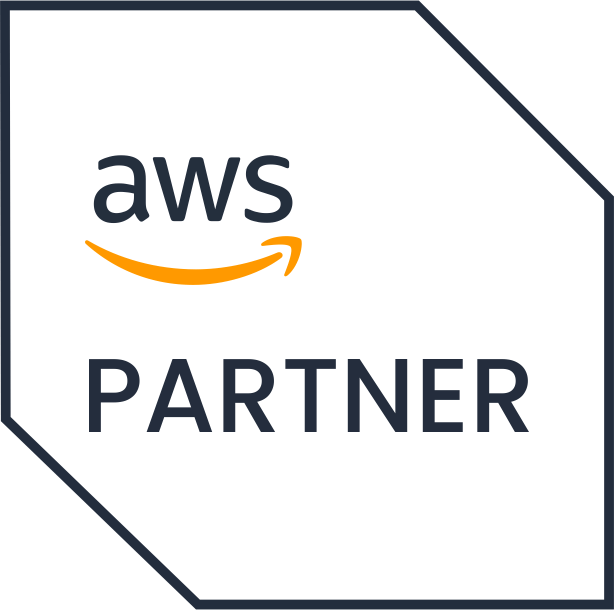Published Date :
Cloud adoption has become the norm, and the Covid pandemic, with its accompanying new normal of Work From Home, has given this a major impetus. According to Gartner, IT spending is slated to accelerate until 2024—by approximately fifteen percent. Gartner has also forecast potential overspending by twenty to fifty percent through to 2024 by up to eighty percent of cloud adopters who are not aware of mis-steps or mistakes made during their cloud adoption.
In order to experience the benefits of cloud computing it is vital for infrastructure and operations managers to ensure compliance with best practices as they navigate their digital transformation roadmap.
Unquestionably the responsibility for assessing that cloud maturity benchmarks have been met is on Infra & Ops leaders. By following best practices and applying learnings from earlier cloud adopters, they can enhance cost saving, improve optimization and pre-empt risks.
The first and foremost step in doing this is to select the correct Cloud Service Provider (CSP) for the organization’s needs.
Checklisting Your Ideal Cloud Partner
Cloud Providers by and large offer similar technologies and solutions, but their frameworks can be very different. And this has a direct bearing on their ability to deliver on security and infra-compliance ability to yield the results that prompted your move to the cloud to begin with. Here is a list of the fundamental criteria that you should scrutinize when selecting the ideal cloud partner.
Security
The first determining factor should always be a check of security measures, since different CSPs deliver this differently and it is vital to ensure this is compliant with industry standards/regulations. So it is vital to evaluate the security features provided the CSP carefully to make informed decisions.
Standards & Compliances
Another key area of consideration is the CSP’s ability to meet applicable industry standards and compliance regulations. Organizations, too, need to understand their responsibilities in achieving compliance of applications and data post migration to the cloud. The CSP must be able to articulate the strategy and milestones whereby the organization can achieve compliance for their cloud infrastructure. And this compliance must be validated for all requirements by third party audits.
Analytics
Organizations need an end to end process for analytics and reporting to be able to measure important cloud metrics. Your CSP should be able to provide advanced analytics for you to accomplish mission-critical objectives. Check that your CSP is able to provide advanced reporting of services such as resource consumption and traffic, transparently.
Manageability
There are vast differences in the cloud platforms considering integration with existing services and orchestration tools. Organizations must understand their responsibility of efforts in managing their cloud environment. Additionally, It is crucial that they note the convenience of service integrations, which are indispensable for their business, along with the viability to transition to other similar services offered by CSPs.
Architecture
One of the imperatives for organizations is identify the architecture type that suit their application stack the best. This includes web applications, serverless, and virtual machines. Web applications enable organizations to run their applications and deploy code without the hassles that go with software installation, operating system or infrastructure.
Currently many cloud partners are geared to offer serverless architectures. This is a growing demand that relieves organizations of routine management tasks relating to performance, scalability, and infrastructure, and freeing them to focus towards meeting core business objectives. One option for organizations looking to self-manage their machines is virtual machines.
Support
One of the basic requirements from a CSP is 24/7 infrastructure support. Especially for organizations that need to run during non-business hours as well. To ensure this, an organization needs to verify the quality and extent of support the CSP is able to deliver, as well as factors such as turn-around time for resolution clearance, and general time-effectiveness.
In Conclusion
While there are many parameters against which an organization needs satisfactory delivery, the above list comprises the primary areas where a CSP must be able to satisfy the organization’s cloud needs. It goes without saying that organizations must also do their due diligence on factors such as the CSP’s certifications & standards, reputation & references, and vendor lock-in criteria. By remaining vigilant to the CSP’s capabilities, and stringent in their selection, organizations can ensure they make properly informed decisions in selecting their cloud partners, thereby saving time, effort and money, and ensuring efficiency and future-readiness.
Need help with your cloud?
"No worries! Our experts are here to help you. Just fill the form and we'll get back to you shortly!"
Our Partners


 +919356301699
+919356301699 hello@anetautomation.com
hello@anetautomation.com
